Welcome!
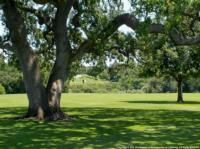
- landscape water management and conservation.
- urban tree management and selection.
- assistance for home gardeners and consumers of horticultural products and services.
Please review our Mission Statement.
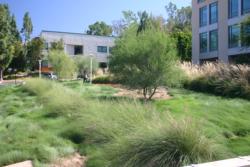
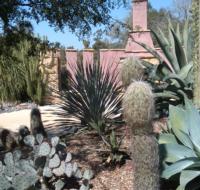
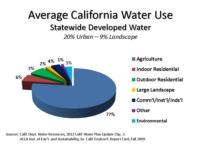
Does the landscape you manage have a water budget or water conservation goal that seems impossible to meet? Read about Five Simple Steps for Conserving Landscape Water.
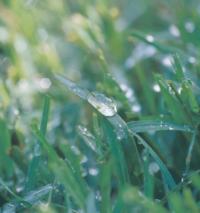
For Home Gardening information and resources, please visit the University of California Garden Web. 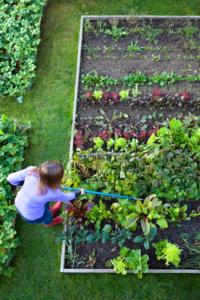
UPCOMING EVENTS
What's new in Landscape and Urban Hort?
Gnats in your houseplants?

If you've noticed tiny, dark insects flying around your houseplants, you likely have fungus gnats. These tiny flies can be a nuisance indoors and may also damage your plants. Fungus gnats lay their eggs in moist soil and their larvae feed on plant...
September Pest Tips

Just a few more weeks of summer remain! As the weather begins to shift, you may need to adjust your landscaping practices to prevent and monitor for fall pests. The UC IPM Seasonal Landscape IPM Checklist is a monthly guide to help you avoid common pests...
Insecticide Sprays Ineffective for Cockroach Control

Nobody wants cockroaches in their home, especially since these pests can cause and worsen allergies in children, transmit diseases and bacteria, and contaminate foods. If you find cockroaches in or around your home, do you reach for a do-it-yourself...
Fleeing Fleas!

Fleas can be found on pets year-round, but populations tend to increase dramatically in spring and summer when temperatures are warmer. Larvae develop rapidly in areas where temperatures reach 70° to 90°F. Fleas are a major concern for pet owners...
August Pest Tips

Summer is in full swing and while it's been quite hot in many parts of California, it's been very cool in others. That's why UC IPM's Seasonal Landscape IPM Checklist is a useful tool to help you figure out what to do in your region each...
